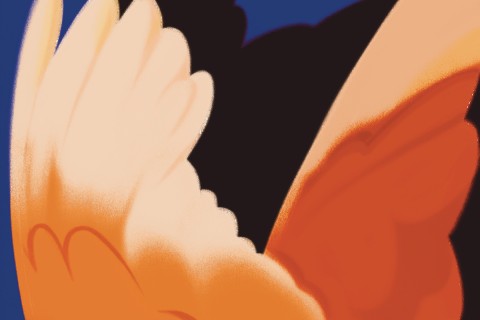March 8, 2015, Third Sunday in Lent: John 2:13-22
When the disciples try to explain Jesus’ wrath, they quote Psalm 69:9, “Zeal for your house has consumed me.” John neglects to include the verse just before it, however.
What is Jesus so mad about? He has recently been to a family wedding, a joyful event, where his mother imposed on him to help out with the wine. Now he goes to Jerusalem after a few days at home with his mother, brothers, and disciples. Is he upset with his family?
When the disciples try to explain Jesus’ wrath, they quote Psalm 69:9, “Zeal for your house has consumed me.” John neglects to include the verse just before it, however: “I have become a stranger to my kindred, an alien to my mother’s children.” Is Jesus suffering rejection from his family, or maybe more likely a sense that his calling is separating him from them? His mother seems to have annoyed him just a bit by asking him to do something about the wine shortage in Cana. And why does John take the story and put it at the beginning of Jesus’ ministry and not toward the end, as the synoptics have it?
Read our latest issue or browse back issues.
Could this be more like Jesus coming to take up his identity as the son of his father, as well as that of his mother Mary and his family? There is a faint echo of the young boy Jesus astounding the elders in the temple at the age of 12. He knows the temple is his because, as he thunders, it is his father’s house; he knows the business he must be about. From this view, Jesus’ rage at the sellers of sacrificial animals and the money changers takes on a richness. As the Passover lamb, which he will be at the end of John, he knows that animal sacrifices will no longer be necessary.
For those of us who are accustomed to walking into temples and finding them quiet, clean, and awe-inspiring, the brawling scene Jesus confronts—the caterwauling of the sacrificial beasts, their waste, the chaos of the exchanges between buyers and sellers—would be beyond distressing. Most of us live far from the barnyard today, but if you have ever spent time around oxen, you know that these big animals, while docile, are hardly prospective church members. Neither are bleating sheep, live Christmas pageants aside. This is a wild and clamorous scene. Prayer would seem to be the farthest thing from these people’s minds; it would be for most of us. At least, that is what Jesus sees.
Jesus drives this bawling mass of creatures out with a whip—one he makes out of cords, the appropriate material for dealing with animals. The reference to the cords is one of those vivid little details that make us say, Huh? Wouldn’t just mentioning “a whip” be enough? It is typical of John to give us such a detail, like the name of the slave Malchus in John 18. Does it give us a more vivid sense for the scene? Who knows?
It is what Jesus does with the cords that is of the most interest, and it is this moment in the narrative that painters like to portray. Most famous is El Greco’s depiction: Jesus standing in the center with a whirl of people around him as he flails away, in almost the same stance as Michelangelo’s Jesus in the Last Judgment from the Sistine Chapel. The chaos all around is worth examining. In the version of the painting at the Minneapolis Institute of the Arts—one of several that exists—El Greco does not include big animals, only doves. And unlike the money changers, those selling doves don’t seem to be the objects of Jesus’ wrath. They know they will be sent out as well, but they do not face the full brunt of Jesus’ fury.
What we see in the painting is the distress of the people on Jesus’ right being forced from their work, with their tables flipped over and the resultant chaos. To his left are the scribes looking on, trying to deduce what Jesus is up to. One can see by their gestures that they are puzzled by his actions.
In the scribes’ reaction we see that their reality and Jesus’ reality are completely out of sync. The scribes appear to be living in a kind of spiritual flatland, one that John is always exposing in his Gospel. (Edwin A. Abbott’s little classic Flatland: A Romance of Many Dimensions is well worth reading or rereading to help one think about the two realms of John.) Jesus says they can destroy the temple and in three days he will raise it up. This, of course, bewilders them. “This temple has been under construction for 46 years,” they say, “and will you raise it up in three days?” It is almost funny. John has to explain that Jesus is talking about the temple of his own body, not the temple where they are standing. The disciples do not understand it either; they only remember it later, after Christ’s resurrection, when they believe.
Christ has come to bring the heavenly kingdom near. Christians, especially preachers, are called to bring that heavenly reality into the very plodding reality of daily life. This account should help us tune our ears to catch the miraculous reality of an incarnate God walking among us, trying to put things right, giving us a new reality—as he moves from his mother’s world of flesh and family into taking charge of his father’s house. His presence brings a new dimension into our ordinary lives of buying and selling. Everything is new and changed.






